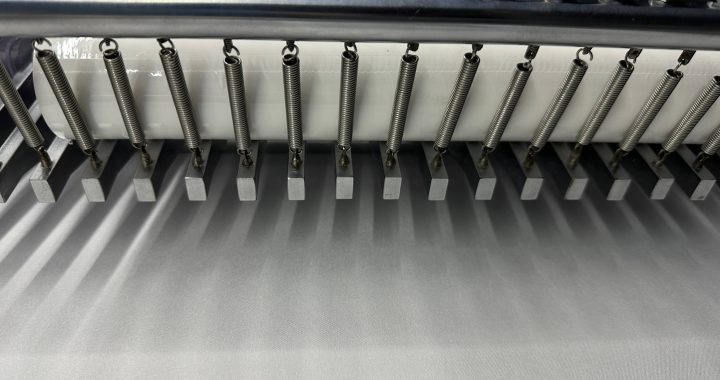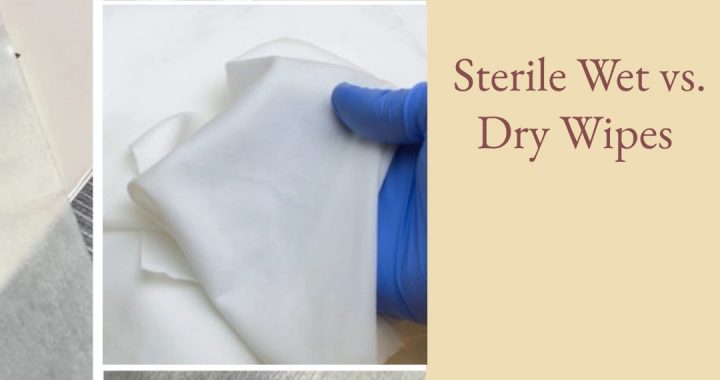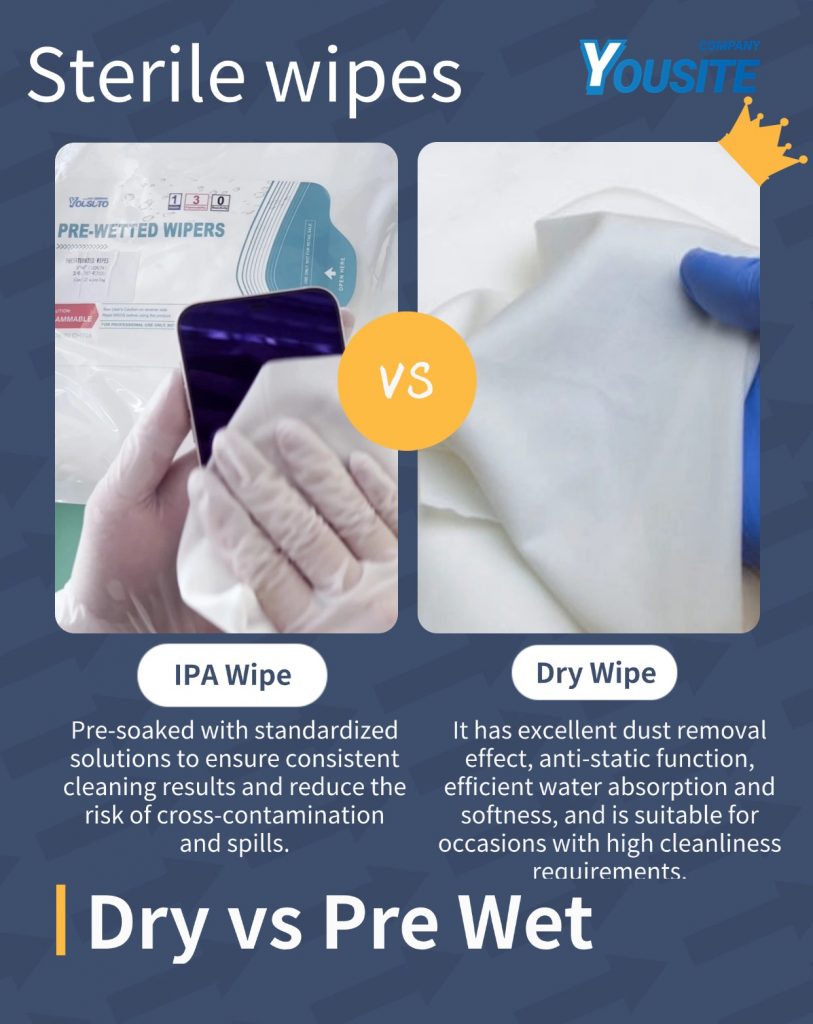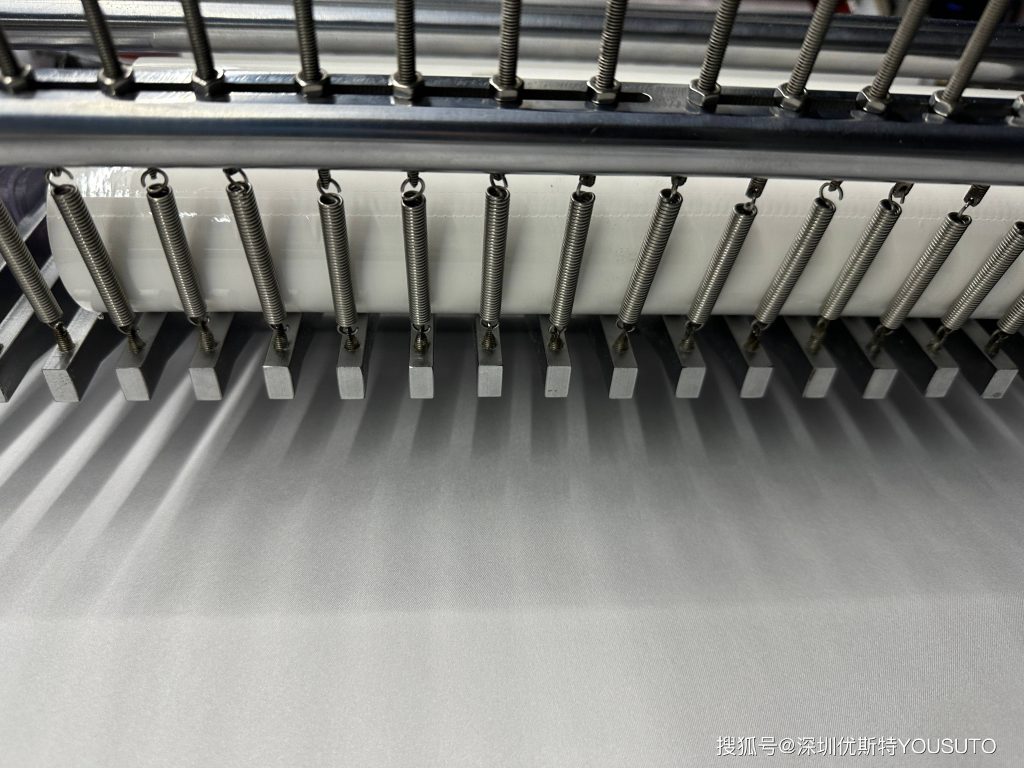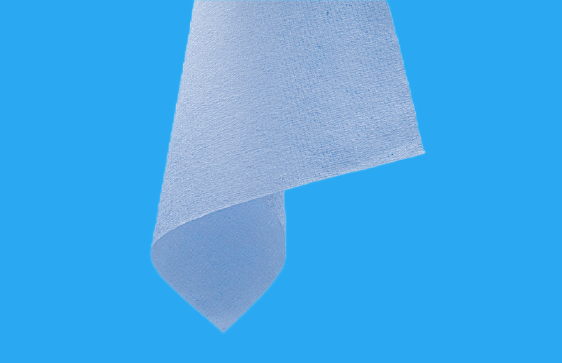Maintaining cleanliness in a cleanroom is essential for industries like electronics, pharmaceuticals, and semiconductors. To achieve this, the right cleaning tools are crucial. When it comes to cleaning in these highly controlled environments, cleanroom wipes paired with Isopropyl Alcohol (IPA) are the ideal solution. Here’s why this combination is so effective.
1. The Benefits of Cleanroom Wipes
Cleanroom wipes are designed for environments that require the highest level of cleanliness. Some key features include:
-
Lint-Free and Dust-Free: These wipes are specially made to avoid leaving behind dust or fibers, ensuring no additional contamination during cleaning.
-
High Absorbency: absorb dust, dirt, and liquids efficiently, which helps in thorough cleaning.
-
Durable and Anti-Static: to prevent static buildup, protecting sensitive electronic and semiconductor equipment.
These features make lint-free cloths indispensable in cleanroom environments, especially in fields that require strict cleanliness.

Yousite Knit Polyester 70% IPA Presaturated Cleanroom Wipes provide the ideal solution for environments that require a combination of cleanliness, efficiency, and safety.
2. Why Isopropyl Alcohol (IPA) is Ideal for Cleaning
Isopropyl Alcohol (IPA) is a widely used cleaning agent in cleanrooms, thanks to its specific properties:
-
Perfect Evaporation Rate: IPA evaporates at a controlled rate, ensuring that it stays wet long enough to clean surfaces thoroughly but doesn’t leave behind any residue.
-
Great for Oils and Contaminants: IPA dissolves oils, grease, and other contaminants, making it perfect for cleaning delicate equipment like electronics and optics.
-
Leaves No Residue: Once IPA evaporates, it leaves no residue behind, keeping surfaces clean and free of contaminants.
These properties make IPA an excellent choice for cleaning sensitive equipment in cleanroom environments.
3. How Cleanroom Wipes and IPA Work Together
When combined, cleanroom wipes and IPA make an even more effective cleaning solution:
-
Enhanced Cleaning: IPA dissolves dirt and oils, while wipes absorb and remove those contaminants, leaving surfaces spotless.
-
Prevention of Contamination: Cleanroom cleaning wipes do not shed fibers or dust during cleaning, and IPA evaporates quickly, preventing any leftover liquid or particles.
-
Controlled Cleaning: The wipes help control the amount of IPA applied, ensuring the right level of moisture for effective cleaning without oversaturating surfaces.
Together, they provide a thorough and safe cleaning process, protecting sensitive equipment and maintaining a clean environment.
4. Cost-Effective Solution
IPA is affordable and widely available. Its large-scale production makes it a cost-effective solution. Cleanroom Polyester Fiber wipes are durable and need fewer replacements, making them economical in the long run. This combination of affordability and high performance makes it an ideal choice for many industries.
5. Wide Range of Applications
This combination of Lint-Free wipes and IPA is used in many industries, including:
-
Semiconductors: wipes and IPA are essential for cleaning delicate semiconductor surfaces.
-
Electronics: They are widely used for cleaning PCBs, components, and other sensitive parts.
-
Optical Equipment: Whether cleaning lenses or optical instruments, this duo ensures clear, contaminant-free surfaces.
-
Pharmaceuticals: In pharmaceutical manufacturing, cleanroom wipes with IPA maintain sterile environments and clean equipment.
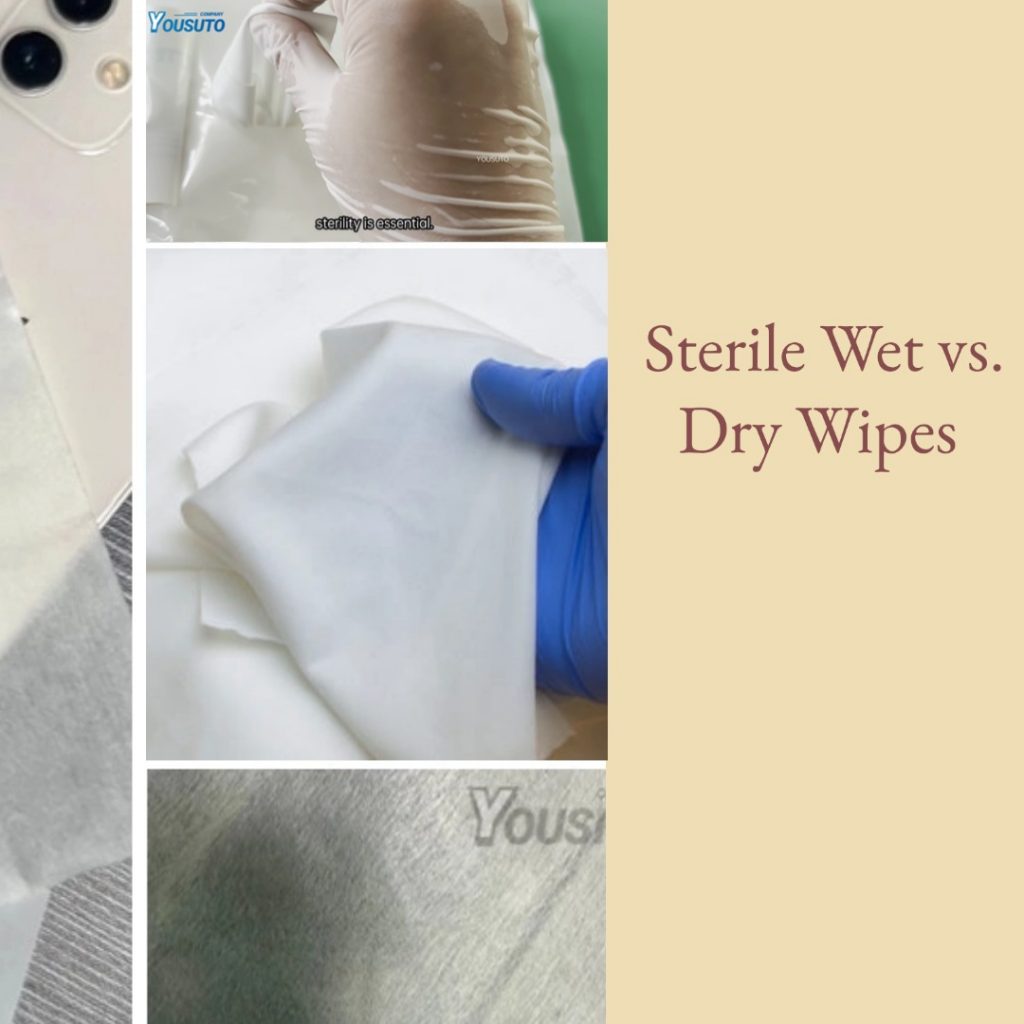
Sterile wet wipes offer pre-moistened convenience, ensuring efficient, consistent cleaning while reducing cross-contamination. Sterile cleanroom wipes,
Cleanroom wipes and Isopropyl Alcohol (IPA) are the perfect duo for cleaning in cleanroom environments. They work together to remove dust, oils, and other contaminants, while ensuring that surfaces remain free of residue. Their cost-effectiveness, combined with their exceptional cleaning power, makes them the go-to solution for industries that require the highest levels of cleanliness. Choose cleaning wipes and IPA for your cleanroom cleaning needs today, and experience the difference in cleanliness and efficiency.
